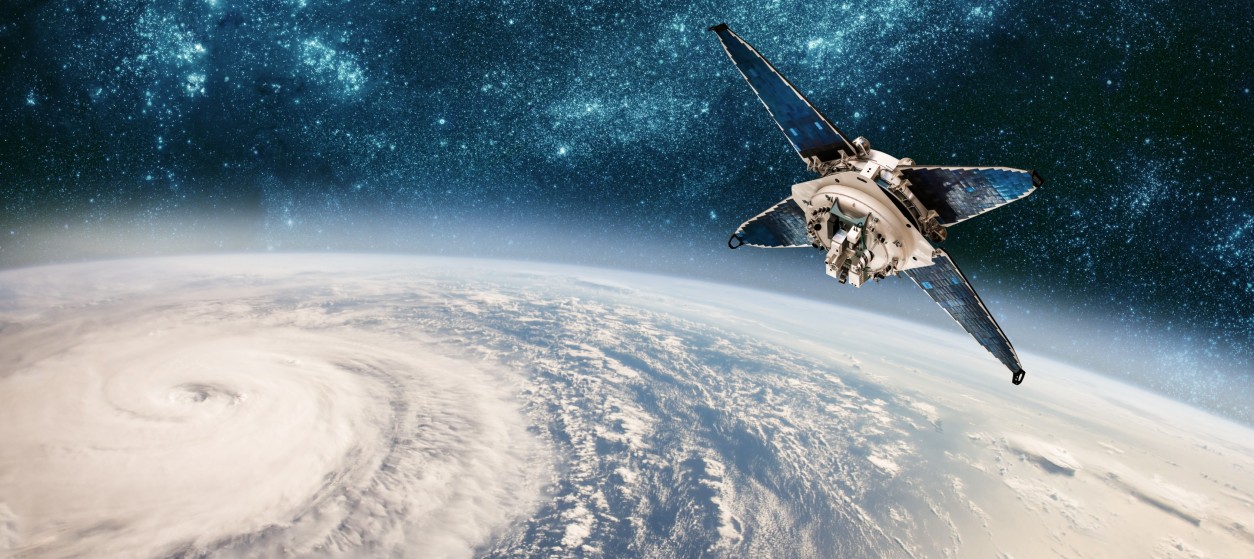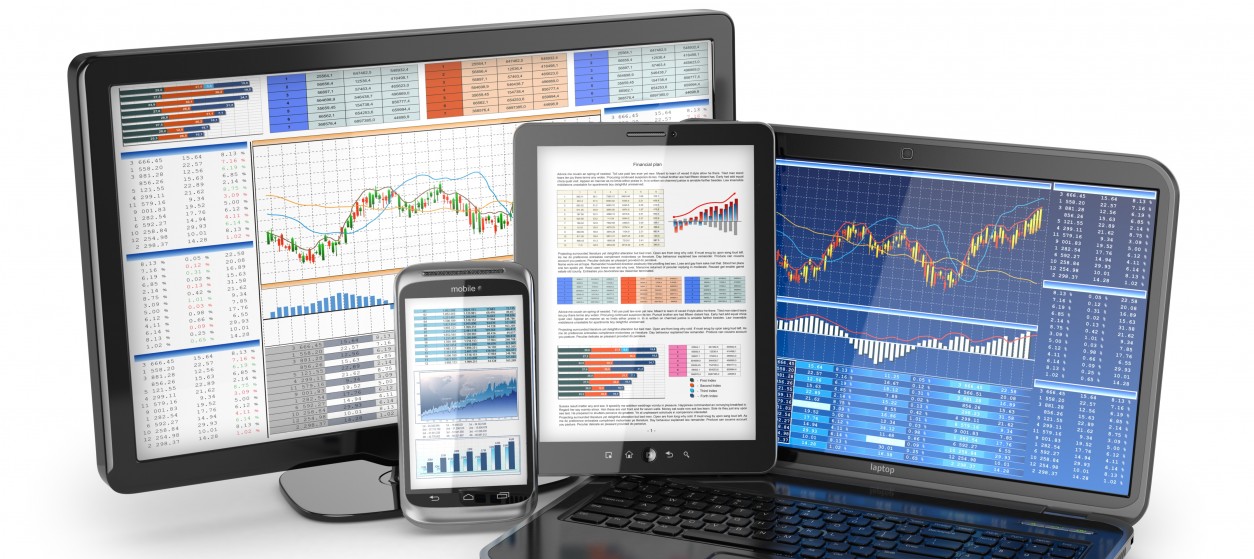In an era of escalating climate threats, wildfires, and rapid urbanization, our planet’s well-being depends increasingly on our ability to continuously observe and understand environmental change. Fortunately, modern technologies in areas like remote sensing, the Internet of Things (IoT), and Artificial Intelligence (AI) are revolutionizing our ability to understand climate change and to develop advanced and effective climate resilience strategies. Specifically, these technologies are transforming the field of earth observation (EO) and are paving the way for a new era of environmental intelligence. This revolution is of great interest to many different stakeholders including vendors and integrators of environmental intelligence solutions, policy makers, local/regional authorities and citizens. These stakeholders had better understand how these advancements are changing environmental monitoring, along with the challenges faced by whoever wishes to benefit a data-driven future in climate tracking and disaster resilience.
Revolutionizing Earth Observation with Advanced Technologies
Historically, environmental monitoring depended on sporadic in-situ measurements and limited satellite imagery. Today, remote sensing capabilities have vastly improved. They offer continuous, high-resolution observations of land, oceans, and atmosphere. These observations are largely due to the proliferation of the following technologies:
- Advanced sensors: Nowadays a variety of compact, energy-efficient, and highly sensitive sensors enable the collection of detailed data about temperature, air quality, soil moisture, and more.
- IoT Networks: There are also distributed sensor systems that are linked through wireless connectivity. These interconnected systems can additionally provide real-time streams of environmental data from even the most remote locations.
- AI & Machine Learning: In the era of AI, powerful algorithms automate the processing, interpretation, and prediction of environmental events. Likewise, they also enable the extraction of actionable insights in seconds from huge, heterogeneous datasets.
In practice, the following more specific technologies are increasingly used in environmental monitoring and earth observation:
- Air and Water Quality Sensors, which are deployed in cities, forests, rivers, and oceans. They are typically used to continuously track pollutants and chemical signatures.
- Soil and Crop Sensors, which measure soil moisture, nutrient content, and plant health. As such they are widely used in smart farming and sustainable resource management.
- Wearables and Mobile Devices, which enable the collection of citizen science and crowd-sourced data. The latter data are captured through handheld sensors and smartphones and are integrated into everyday life.
- Earth Observation Satellites, including platforms like Sentinel (that is part of the Copernicus program), Landsat, and commercial missions. These platforms offer global, multi-spectral data for large-scale climate monitoring and natural resource tracking.
- Unmanned Aerial Vehicles (UAVs) (aka Drones), which provide rapid deployment and ultra-high-resolution imaging for targeted surveys. For example, they can be used for mapping urban heat islands and monitoring flood extents after storms.
- Artificial Intelligence powered environmental analytics, which are increasingly used in tasks like automating feature extraction (such as identifying fires, floods, or deforestation), enhancing predictive models for climate tracking, and fusing data from various sources (e.g., satellites, sensors, weather stations) for more complete environmental analysis.
Nevertheless, most of the benefits come from the integration of these technologies. As a prominent example, the integration of IoT and AI is driving a move from passive observation to active environmental intelligence. Real-time responses to weather anomalies, pollution spikes, or natural disasters are now possible. Such responses can empower authorities, citizens, and industries to adapt faster to climate changes and to mitigate relevant climatic risks.
The Critical Importance of Data
Along with advanced technologies, the development of environmental intelligence systems required large volumes of high-quality data. This is because no environmental monitoring system is effective without reliable, high-quality data. However, gathering, managing, and sharing vast quantities of real-time environmental information is both a technical and organizational challenge. It is the challenge that defines the future of climate tracking and disaster preparedness.
Nowadays, environmental intelligence and earth observation researchers are offered with more data than ever before. For instance, as part of the Copernicus earth observation program, researchers are provided with free access to high quality multi-sensor satellite data, which are integrated with ground datasets. These data are extensively used to develop air quality and sea level rise applications. As another example, the Landsat program by NASA provides that longest-running satellite imagery archive, which comes with moderate spatial resolution. It is used for the development of applications in areas like deforestation, urbanization, and water use. There are also datasets provided by Commercial Satellites (e.g., Planet), which offer very high-resolution and frequent imaging. These data can be used to support disaster response and precision agriculture applications.
Earth Observation and Environmental Intelligence Applications
Some of the most prominent applications that integrate one or more of the above-mentioned technologies include:
- Heat Wave and Flood Prediction: Smart ecosystems use sensor networks and satellite data to monitor land surface temperatures, humidity, and vegetation stress. The latter are used to aid early heat wave warnings. For example, they can be used to track rainfall, soil moisture, and river flows to anticipate flood risks, which is critical for protecting both urban centers and rural communities.
- CO? Estimations and Air Quality Tracking: Real-time CO? and air pollution measurements are key for both local air quality management and global climate commitments. In this direction, platforms like the Copernicus Atmosphere Monitoring Service (CAMS) deliver near-real-time maps and forecasts of greenhouse gas concentrations.
- Disaster Response: Environmental intelligence platforms enable the rapid detection of wildfires, oil spills, or chemical hazards via satellite and drone imagery. Hence, they can also automate the production of alerts and situation maps towards supporting coordinated emergency response and rescue operations. Likewise, they facilitate other disaster response functionalities like post-event assessment in order to help authorities plan recovery and increase future resilience.
- Biodiversity and Ecosystem Management: Continuous environmental monitoring supports wildlife conservation, ecosystem health assessment, and early warning of invasive species or disease outbreaks. This is key towards fostering sustainable stewardship of natural resources.
Toward a Secure and Sustainable Future
The exploitation of the full potential of environmental intelligence will lead to a more resilient, sustainable, and equitable world. Imagine for example cities that adapt in real time to heat waves, farmers who optimize irrigation based on automated climate tracking, and disaster managers that can coordinate faster, life-saving responses thanks to up-to-the-minute EO data. To enable this secure and resilient future there is a need for interoperable, open data infrastructures that will be able to connect disparate sensors, satellites, and analytical platforms. These data platforms will enable AI-driven, predictive systems that will anticipate threats and suggest optimal interventions. Most importantly, there is a need for widespread stakeholder engagement, including engagement of governments, private sector, and citizens, who will leverage data for decision-making at all scales. The journey is ongoing, but one thing is certain: The future of real-time environmental monitoring is intelligent, interconnected, and will empower us all to secure a healthier planet for the generations to come.










